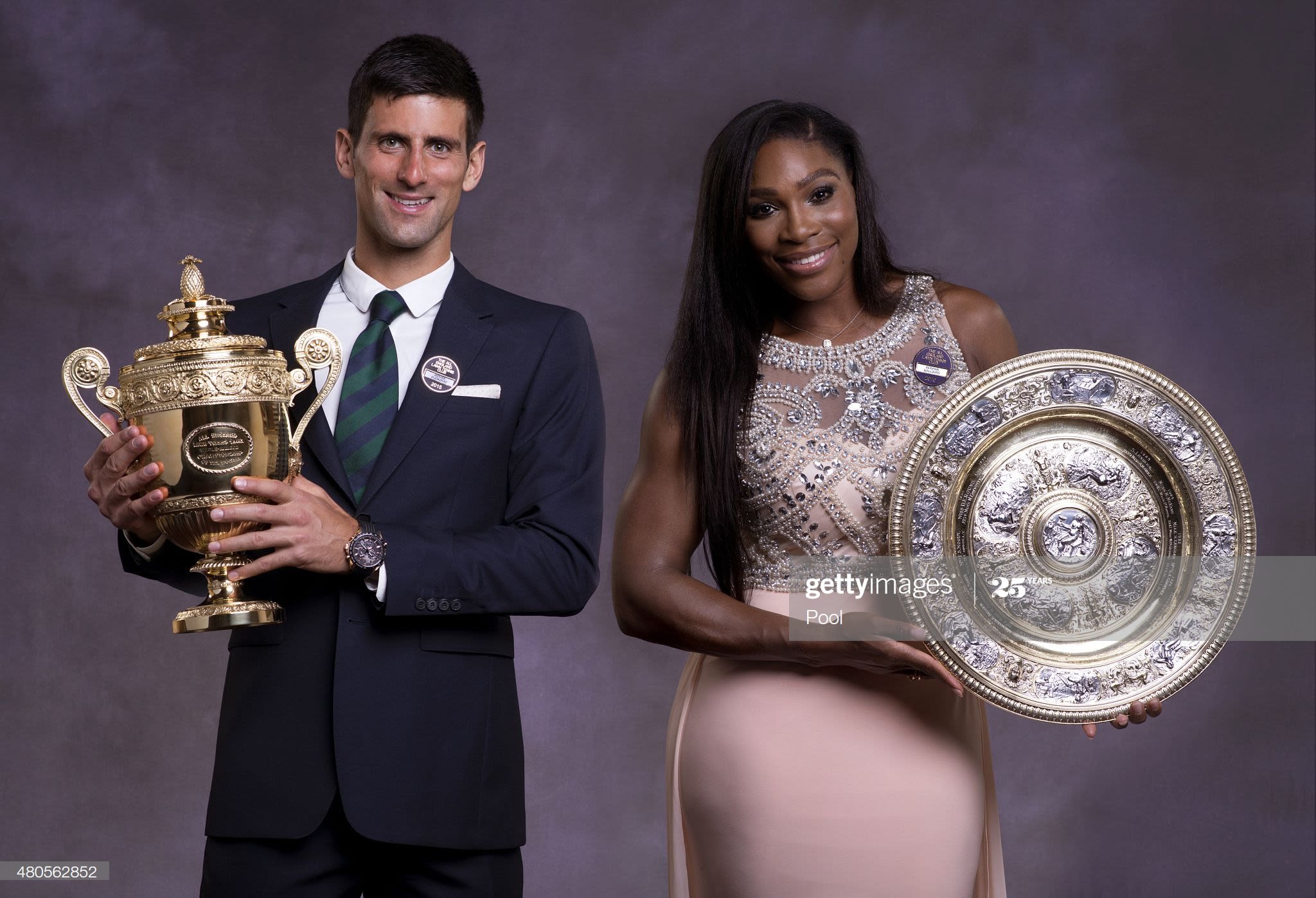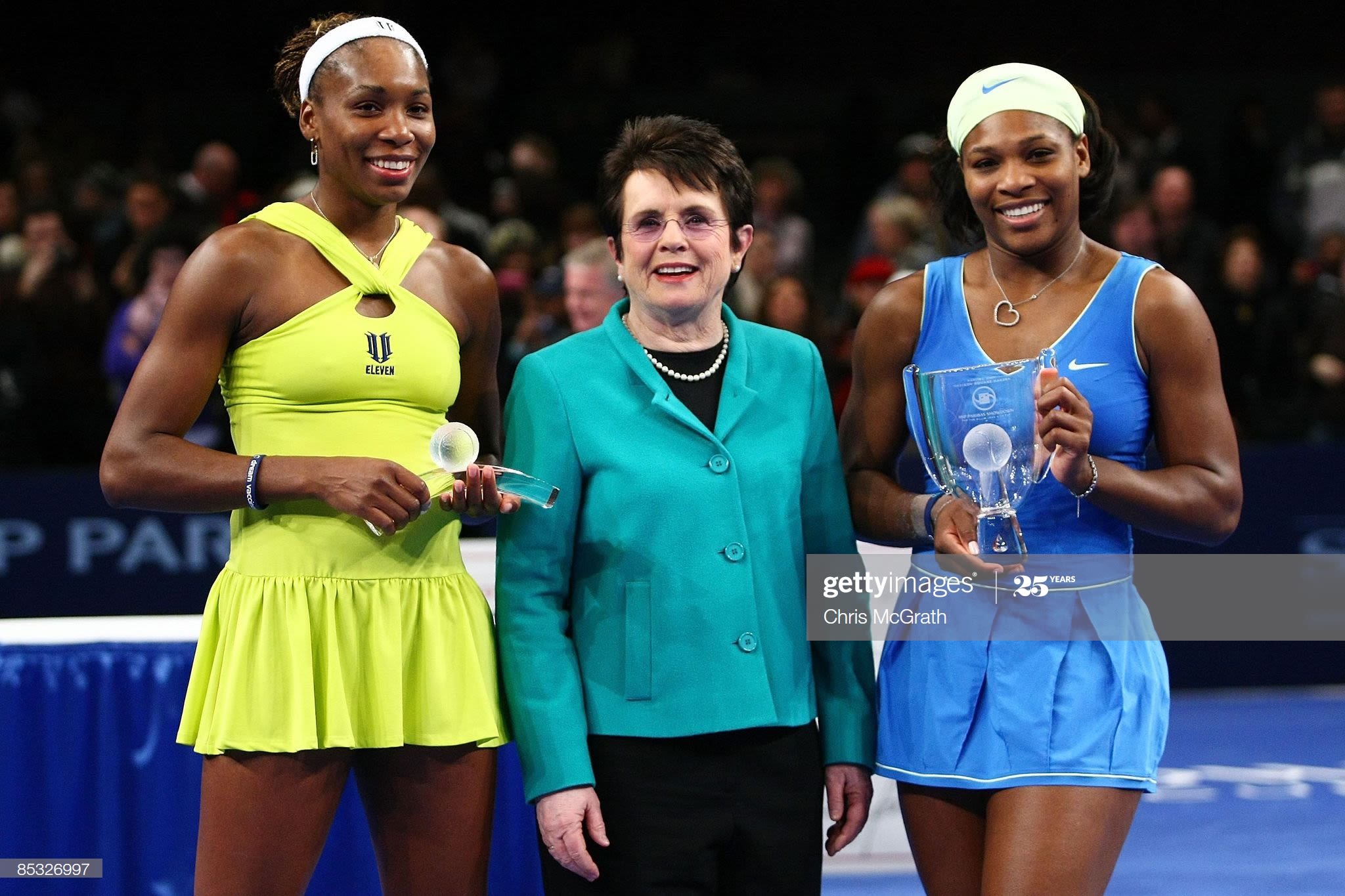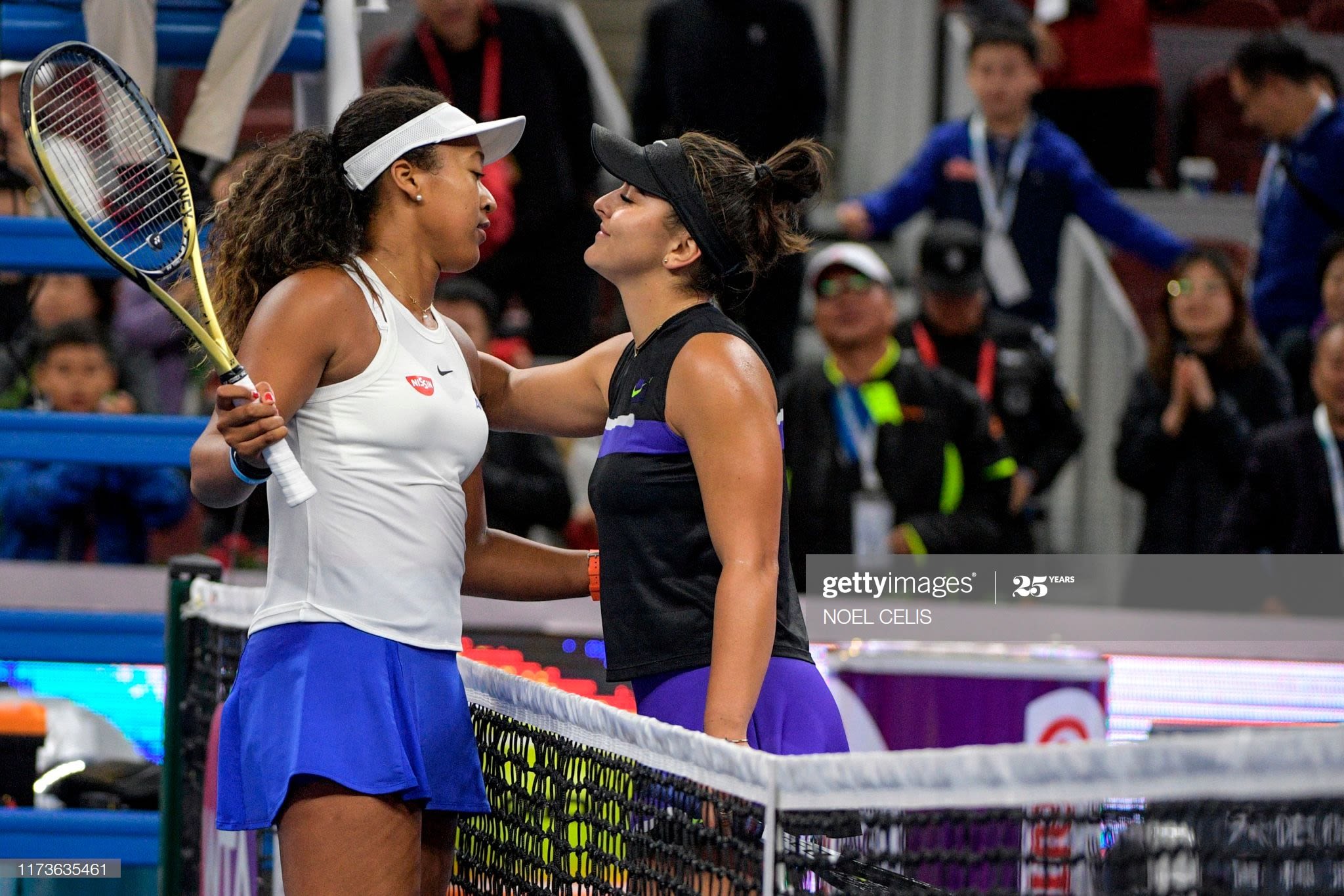The Baseline - Investigating Five of Tennis's Biggest Talking Points
Part 3 - The Gender Pay Gap

Part Three of The Baseline investigates the extent of, and reasons for, the gender pay gap in tennis.
How much is the situation improving? And what needs to be done for full pay equity to be reached?
“Professional tennis is far ahead of other sports in terms of gender equity,” says celebrated feminist historian and biographer Susan Ware.
A key example of this is the fact that all four Grand Slam tournaments offer equal prize money. Despite this, there is significant pay disparity outside of the majors – including at the elite level.
Research shows that the overall gender pay gap has closed in the last decade, but there is a view that a number of changes are needed to reach full equity.
In 2007, Wimbledon became the last of the four majors to equalise prize money, following the French Open (2006) and the Australian Open (2001). This was 34 years after the US Open first offered equal pay to men and women in 1973 – as a result of Billie Jean King threatening to boycott the tournament.
Ware – author of “Game, Set, Match: Billie Jean King and the Revolution in Women's Sports” – says: “Her (King’s) success in getting equal prize money for women at the US Open stands out as a truly remarkable achievement.

King (centre) founded the Women's Tennis Association (WTA) in 1973. Venus (L) and Serena (R) Williams have also been strong advocates for equal pay. (Photo by Chris McGrath/Getty Images)
King (centre) founded the Women's Tennis Association (WTA) in 1973. Venus (L) and Serena (R) Williams have also been strong advocates for equal pay. (Photo by Chris McGrath/Getty Images)
“She laid the groundwork in the 1970s with the women's professional tour, and she has remained an advocate for gender equity in tennis and sports in general ever since, but one person can only go so far. Still, I think tennis has compiled a pretty good record.”
Some critics argue against equal pay at Grand Slams because – unlike the rest of the tour where all events use best-of-three sets – men play best-of-five, while women play best-of-three.
George Bellshaw – tennis journalist for Metro – offers a solution: “I personally have always liked the idea of women playing five sets as well – which scheduling-wise is difficult, but you could easily make it so the first four rounds of men’s and women’s are best-of-three, then the latter stages are best-of-five.
“It is also unfair to penalise women for playing best-of-three because, ultimately, a lot would like to play best-of-five, but aren’t given the opportunity.”
In 2019, the New York Times reported that the annual prize money for the top 100 earners in the WTA was about 80 cents to every dollar earned by the top 100 ATP players.
Mikaela Dufur – Sociology Professor at Brigham Young University – researched prize money earned by the top 100 players on the men’s and women’s tours in 2009 for the study: “Advantage Men: The Sex Pay Gap in Professional Tennis.”
Dufur says: “I think the picture has improved slightly in the last decade - probably in the neighbourhood of “5 cents” to the dollar more than in 2009. So that’s bad news.
“Given that incremental progress, and given that we’re coming up to a time when there may not be clear superstars after someone like Serena Williams - who is willing to speak out on these issues - retires, I think tennis might lack the leadership it will take to push pay equity forward. So, I think we’re still a long way from full equity.”
The highest tier of events outside of Grand Slams are the ATP Finals and WTA Finals – which feature the top eight singles players and doubles teams in the rankings on the respective tours.

Ash Barty of Australia won the singles event at the 2019 WTA Finals in Shenzhen, China. (Photo by Visual China Group/Getty Images)
Ash Barty of Australia won the singles event at the 2019 WTA Finals in Shenzhen, China. (Photo by Visual China Group/Getty Images)

Stefanos Tsitsipas of Greece won the singles event at the 2019 ATP Finals in London, England. (Photo by Julian Finney/Getty Images)
Stefanos Tsitsipas of Greece won the singles event at the 2019 ATP Finals in London, England. (Photo by Julian Finney/Getty Images)
Currently, the WTA Finals ($14 million) has a larger total prize money pot than the ATP Finals ($9 million), although, the purse for the men’s tournament will rise to $14.5 million when it moves from London to Turin in 2021.
The next level of competition consists of the nine ATP Masters 1000 events, and the four WTA Premier Mandatory tournaments – both of which award 1000 ranking points to the winner - as well as the five WTA ‘Premier Five’ events with 900 points for the champion.
Four of the six combined ATP Masters/WTA Premier events have higher prize money on the ATP side, while Indian Wells and the Miami Open offer equal prize money.
The Madrid Open is the only combined ATP Masters 1000/WTA Premier Mandatory event with a pay gap. (Source: atptour.com, wtatennis.com)
There is much greater pay disparity at the three combined ATP Masters 1000/WTA Premier 5 tournaments. (Source: atptour.com, wtatennis.com)
The biggest pay gap exists at Cincinnati, where the total prize money for the ATP event is almost $3.8 million higher than that for the WTA Premier Five event. Disparity can also be found at the Canadian Open, the Italian Open/Rome, and – to a lesser extent – the Madrid Open.
Bellshaw says: “Each tournament is responsible for prize money - so it’s a different body almost every time, which makes it difficult.
“What people who work in tennis want to see is more joint events with both men and women playing. In those events - such as Cincinnati, Madrid and Rome - there is no excuse for pay disparity.”
In 2016, Novak Djokovic suggested that ATP players should earn more because the men’s game attracts more viewers.
Bellshaw makes the point: “It is difficult to compare viewing figures given the difference in promotion, but they do give an indication of where players and tournaments rank in terms of interest.
“The marketing hasn’t always been perfect on the WTA side, but I think the women’s game could have been promoted perfectly in this period and people would still only care about Federer, Nadal, Djokovic and Serena (Williams).
“We have been blessed to have Federer, Nadal and Djokovic around in the same generation. Recently, the women’s game has been starved of great rivalries, and players who can win repetitively – Serena aside.
“If you had Navratilova, Evert and Billie Jean King around now, it would obviously be different. Young, interesting players like Osaka, Andreescu and Coco Gauff have the potential to have great rivalries and bring a lot of viewers to the women's game.”

Naomi Osaka (L) beat Bianca Andreescu (R) 5-7 6-3 6-4 in Beijing last year in the pair's only match to date. Osaka, 22, is a two-time Grand Slam champion, while Andreescu, 19, won her first major title at the 2019 US Open. (Photo by Noel Celis/Getty Images)
Naomi Osaka (L) beat Bianca Andreescu (R) 5-7 6-3 6-4 in Beijing last year in the pair's only match to date. Osaka, 22, is a two-time Grand Slam champion, while Andreescu, 19, won her first major title at the 2019 US Open. (Photo by Noel Celis/Getty Images)
For full pay equity in tennis, Ware believes several things need to happen: “Speaking out by leading players to keep the issue before the public; group solidarity of the women's professional tour of acting together and using their clout to leverage better conditions; a change in leadership at the highest levels of the tennis establishment to include more women and more people of colour.
“Probably the most important thing would be a sea change in how the press and television cover women's sports to reinforce what superb athletes these women are, certainly as dedicated, talented, and interesting as their male counterparts.”
Here are the first two parts of the series:
